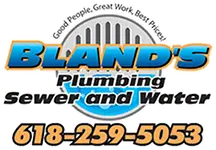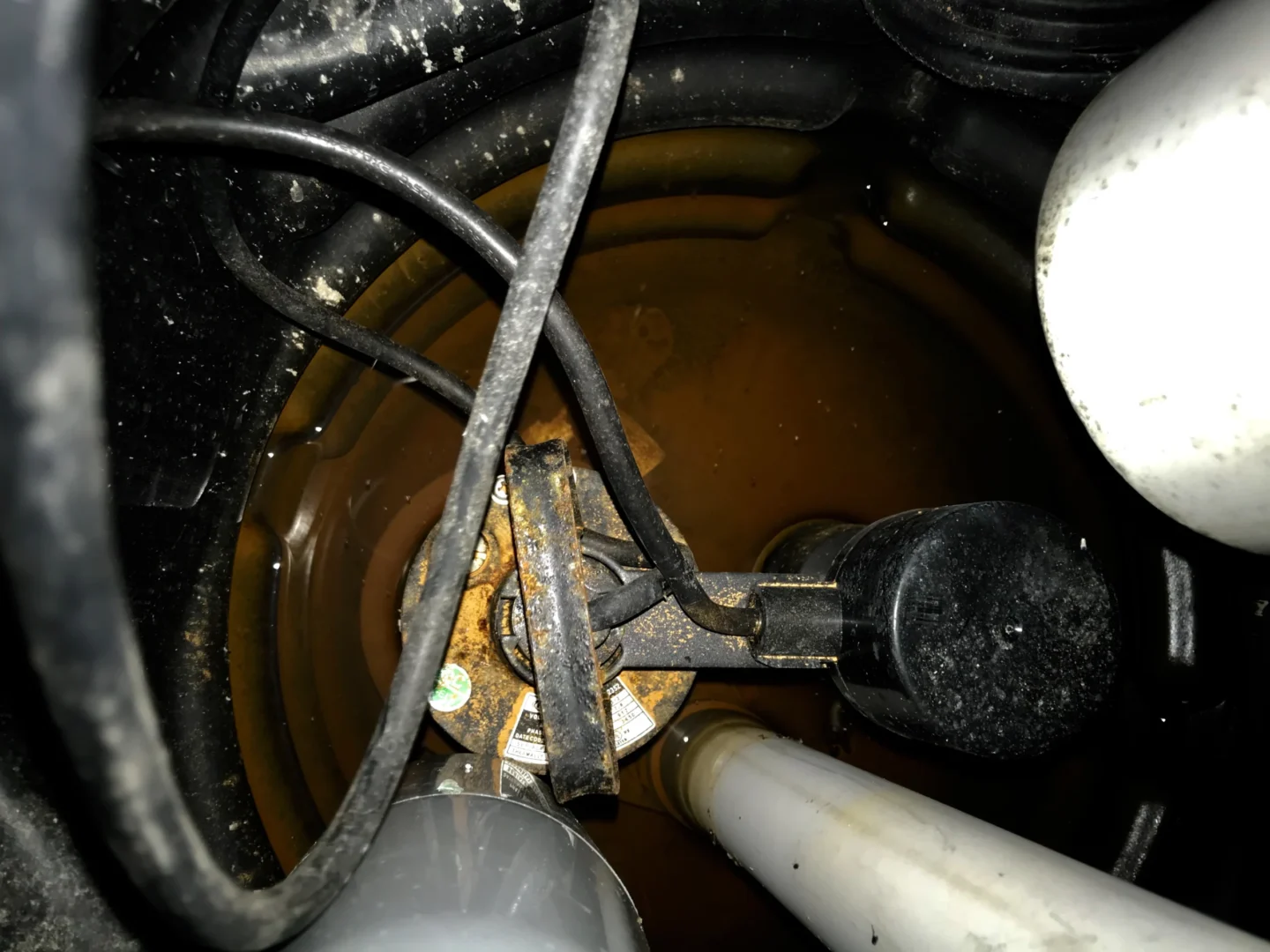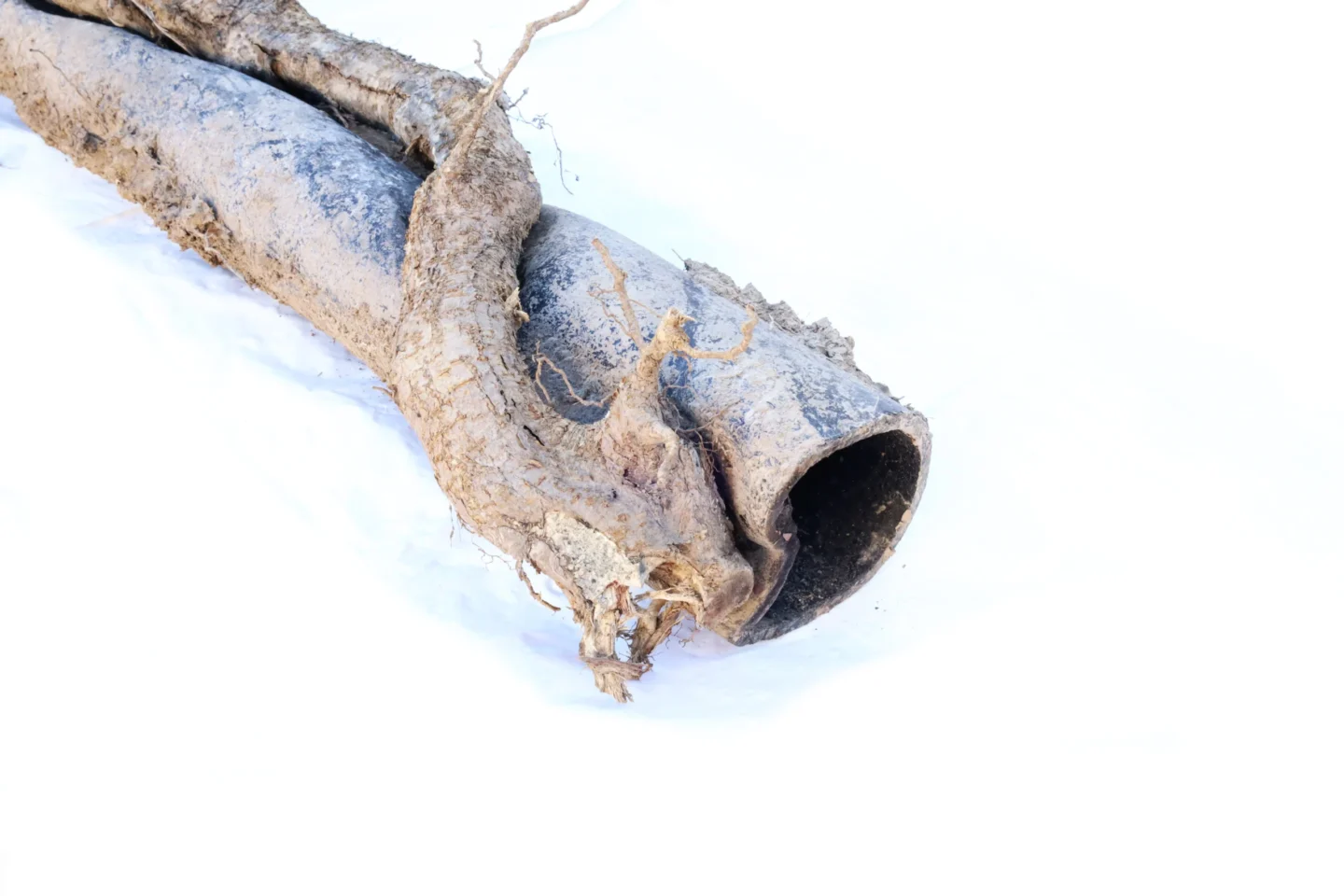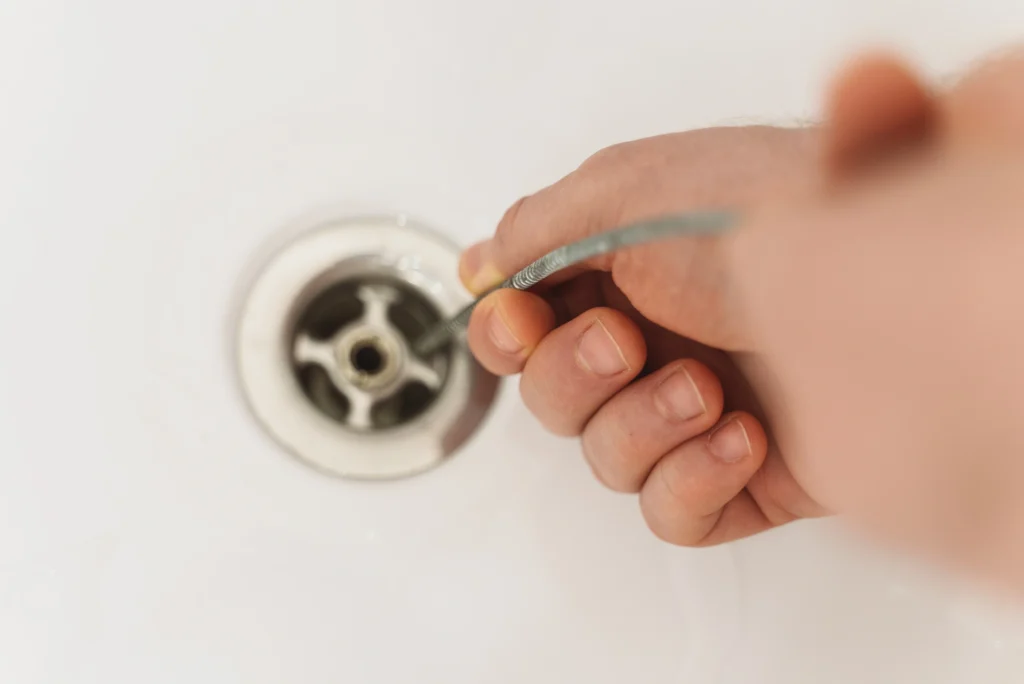
Few plumbing problems are more stressful than a clogged sewer drain. Unlike a simple sink or toilet blockage, a sewer clog affects your entire plumbing system—often causing backups, foul odors, and potential property damage. Understanding what causes these clogs and how to fix or prevent them can save Edwardsville, IL homeowners both time and money.
Common Causes of Sewer Drain Clogs
Tree Roots: Tree roots are a frequent cause of sewer line clogs. Since they naturally grow toward moisture, even tiny cracks or loose connections in your sewer line can attract them and give roots a way in.
Grease and Fat Buildup: Pouring cooking grease or fat down the kitchen sink may seem harmless, but once it cools, it hardens and sticks to the walls of your pipes. Over time, it collects other debris and forms a tough clog that restricts flow through the sewer line.
Flushing Non-Flushable: Despite what packaging might say, items like baby wipes, paper towels, hygiene products, and even “flushable” wipes don’t break down easily in water. These materials can quickly clog sewer lines, especially when combined with grease or other debris.
Collapsed or Damaged Pipes: Older homes may have clay or cast iron sewer lines that deteriorate over time. Shifting soil, freezing temperatures, or construction nearby can cause the pipes to crack or collapse, which blocks the flow of wastewater.
Heavy Rain or Flooding: In some areas, sewer systems are not fully separated from stormwater systems. After heavy rain, excess water can overwhelm the system and cause backups into your home—even if the clog isn’t in your personal line.
Signs You May Have a Sewer Drain Clog
Keep an eye out for signs like slow draining in multiple spots, gurgling sounds from your sinks or toilets, bad odors coming from the drains, or water backing up in the shower or tub after flushing the toilet. If several drains are acting up at once, it’s usually a sign of a main sewer line issue—not just a localized clog.
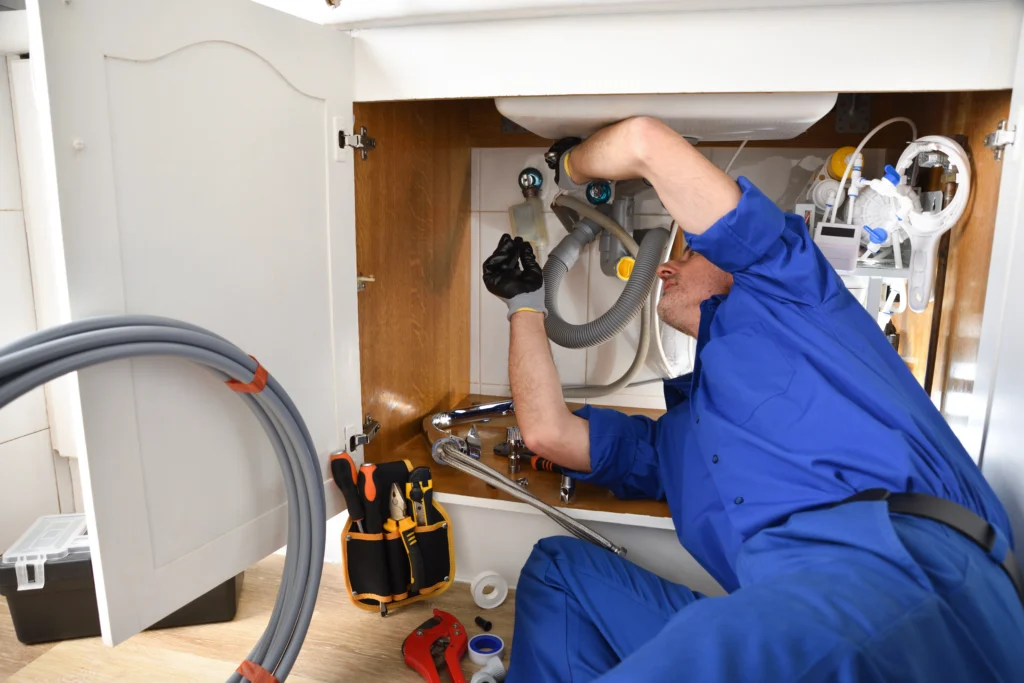
Fixing a Clogged Sewer Drain
Plunging and Snaking: For smaller, more localized blockages, a plunger or plumbing snake may be all that’s needed. These tools can dislodge soft clogs and restore proper drainage.
Hydro Jetting: This professional method uses a high-pressure water jet to blast through tough clogs like grease or root intrusions. It not only removes the blockage but also cleans the pipe walls.
Sewer Camera Inspection: If the cause of the clog isn’t clear, a plumber can use a camera to inspect the line and identify the exact location and nature of the problem.
Pipe Replacement or Repair: If your sewer line is damaged or collapsed in Edwardsville, IL, you may need a section of the pipe replaced. Trenchless repair options are available in many cases and reduce the amount of digging needed.
Prevention Tips
- Avoid pouring grease down the drain
- Only flush toilet paper—nothing else
- Install root barriers near sewer lines if you have trees
- Schedule routine inspections if your home has older pipes
Sewer drain clogs are unpleasant, but they’re fixable—and often preventable. A bit of routine upkeep and attention can make a big difference in keeping your home’s plumbing system running efficiently.
Give Bland’s Plumbing Sewer & Water a call today if your sewer drain is clogged and you need help getting it fixed.
